Welcome to the pinnacle of property transaction efficiency! Our Property Sample Agreement document is your key to navigating the intricacies of real estate with ease. Tailored for the United…
continue reading
50+ Sample Training Agreements
-
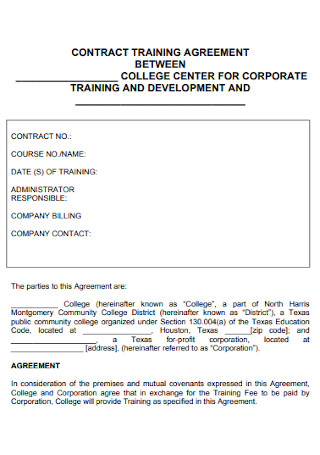
Contract Training Agreement
download now -
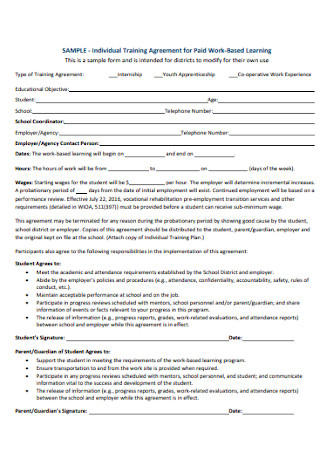
Training Agreement for Paid Work-Based Learning
download now -
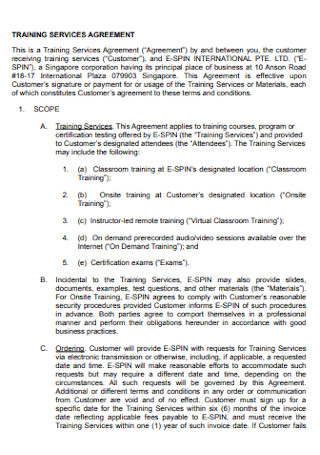
Training Service Agreement
download now -

On The Job Training Agreement
download now -
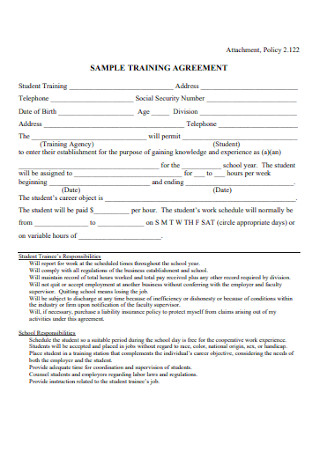
Sample Training Agreement
download now -
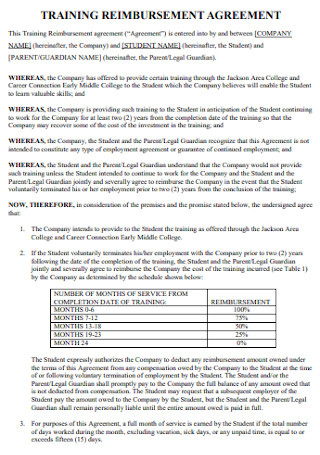
Training Reimbursement Agreement
download now -
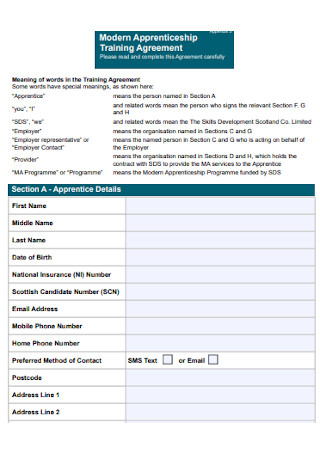
Modern Apprenticeship Training Agreement
download now -
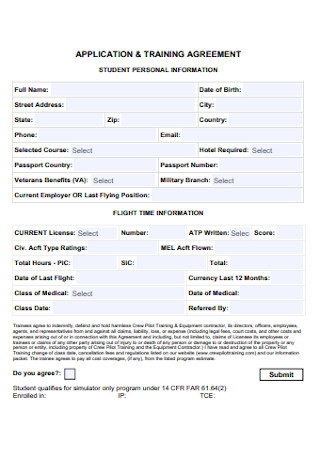
Sample Application and Training Agreement
download now -
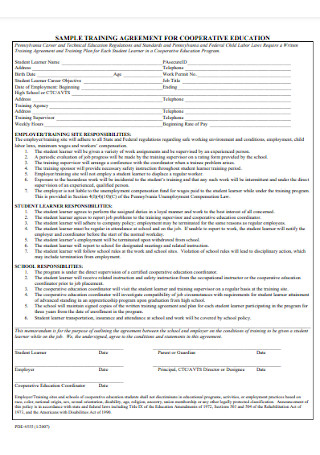
Training Agreement for Cooperative Education
download now -
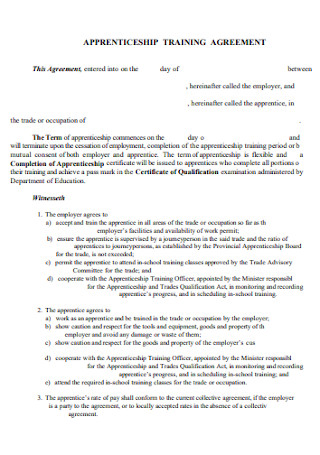
Apprenticeship Training Agreement
download now -
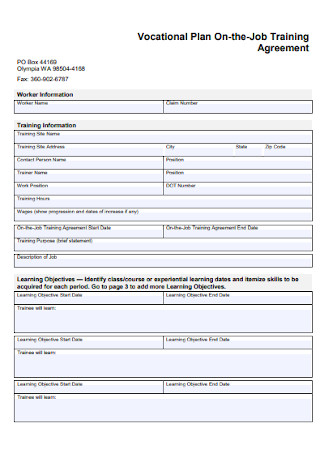
Vacation Plan Training Agreement
download now -
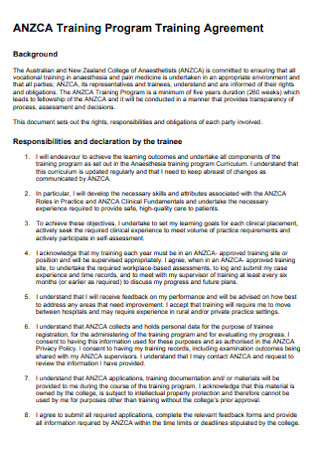
Program Training Agreement
download now -

Participant Training Agreement
download now -

Clinical Training Agreement
download now -
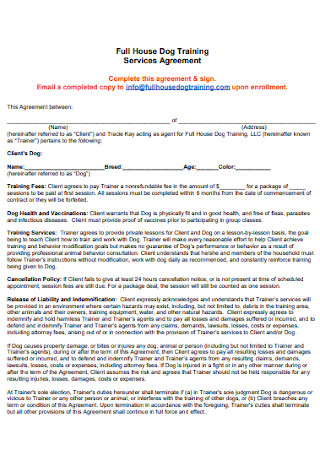
Dog Training Services Agreement
download now -
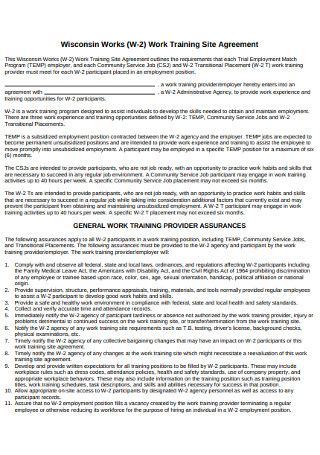
Work Training Site Agreement
download now -
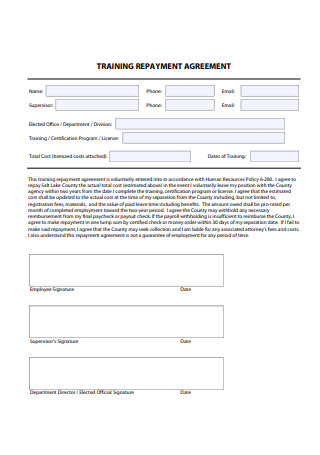
Training Repayment Agreement
download now -

Training Plan Agreement
download now -
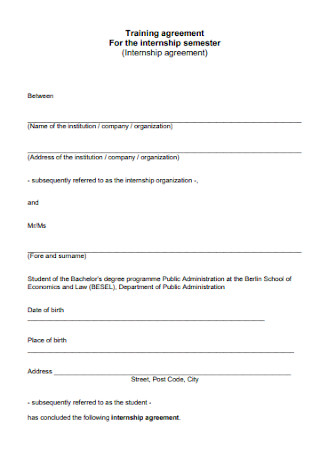
Internship Training Agreement
download now -
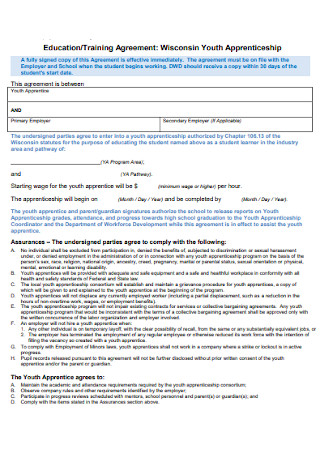
Education Training Agreement
download now -
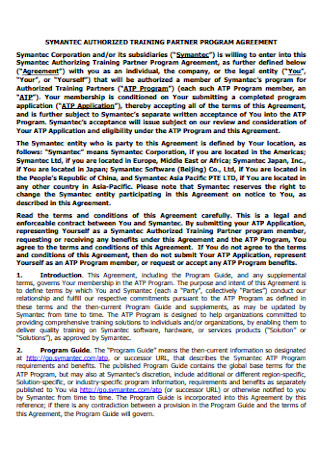
Training Partner Program Agreement
download now -
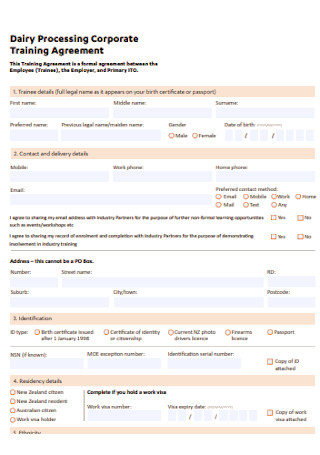
Corporate Training Agreement
download now -
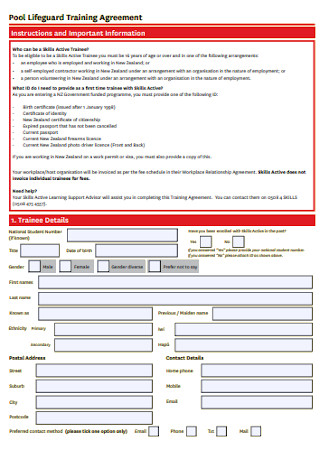
Pool Lifeguard Training Agreement
download now -

Notice of Termination of Training Agreement
download now -
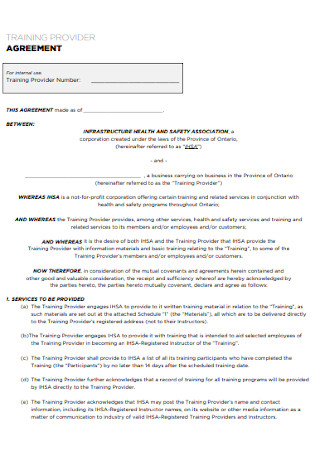
Training Provider Agreement
download now -
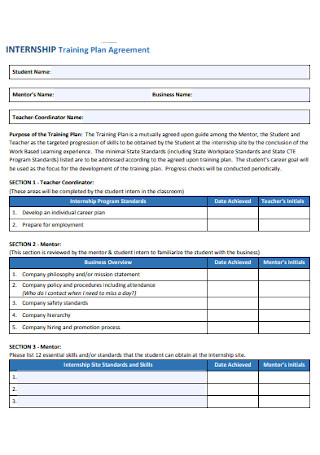
Internship Training Plan Agreement
download now -
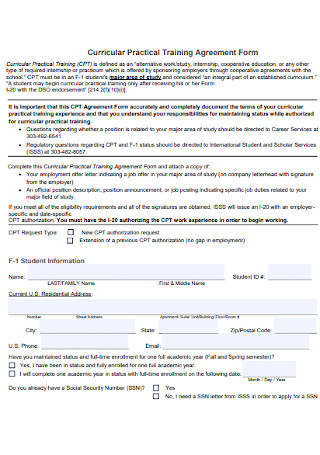
Training Agreement Form
download now -
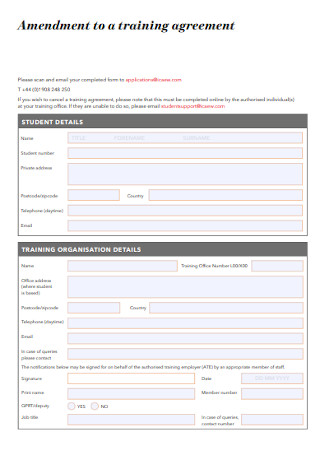
Amendment Training Agreement
download now -
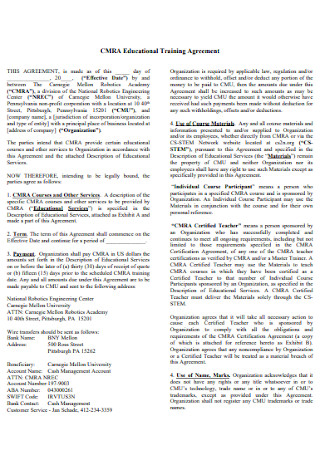
Educational Training Agreement Template
download now -
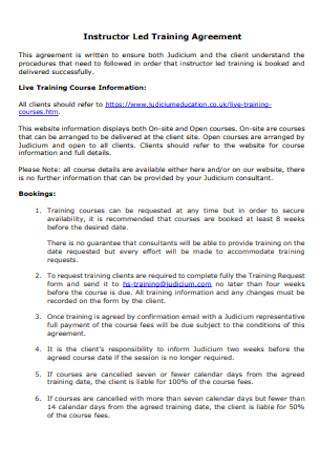
Instructor Led Training Agreement
download now -
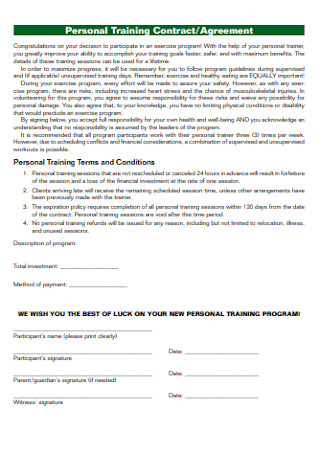
Personal Training Contract and Agreement
download now -

Training Instructor Agreement
download now -
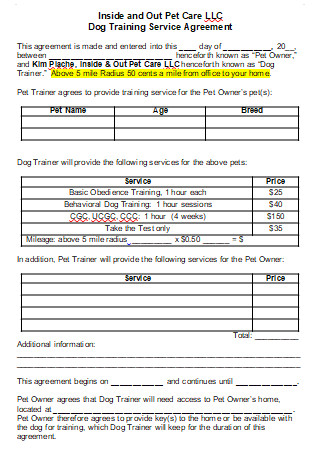
Pet Care Training Agreement
download now -
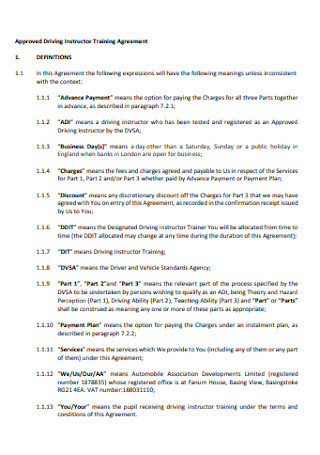
Driving Training Agreement
download now -
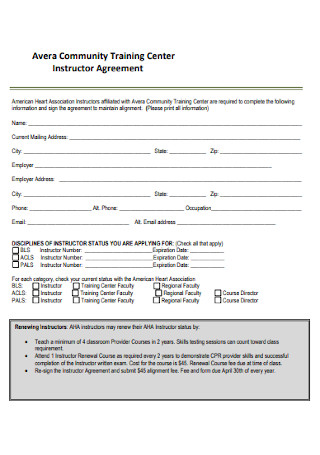
Training Instructor Agreement
download now -

Courses Training Agreement
download now -

Work Based Learning Training Agreement
download now -
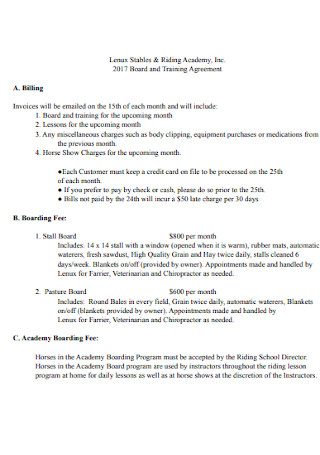
Board and Training Agreement
download now -

Virtual Personal Training Agreement
download now -
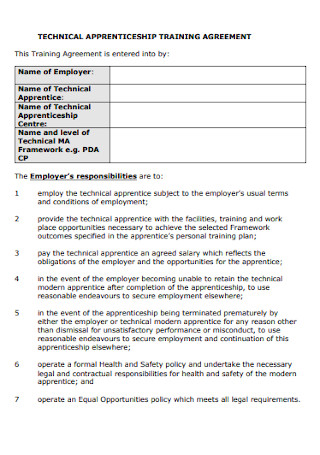
Technical Apprenticeship Training Agreement
download now -
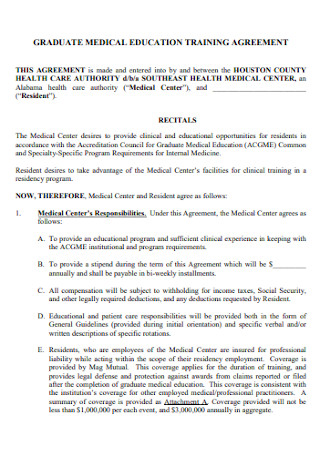
Medical Education Training Agreement
download now -
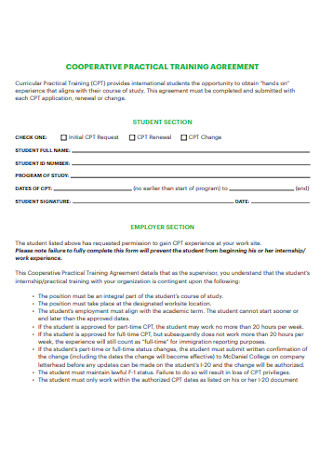
Cooperative Practical Training Agreement
download now -
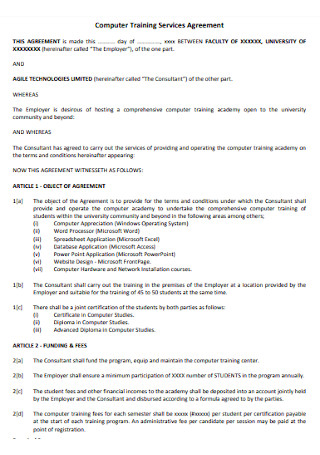
Computer Training Service Agreement
download now -
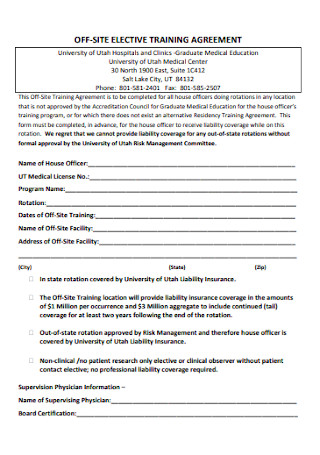
Off Site Elective Training Agreement
download now -

Association Training Site Agreement
download now -
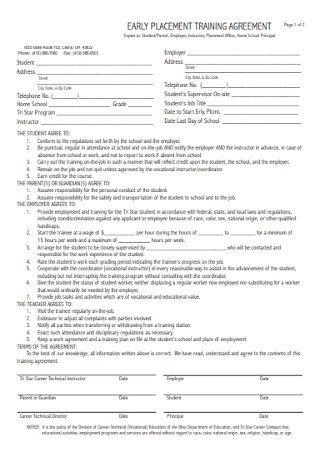
Early Placement Training Agreement
download now -
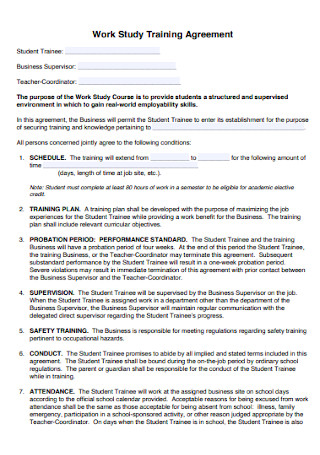
Work Study Training Agreement
download now -
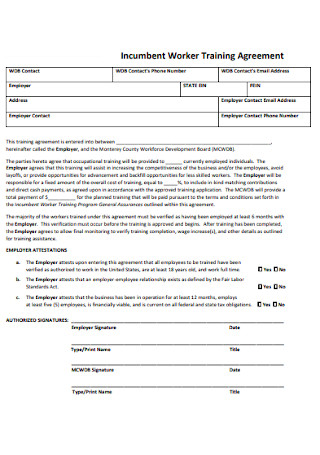
Incumbent Worker Training Agreement
download now -
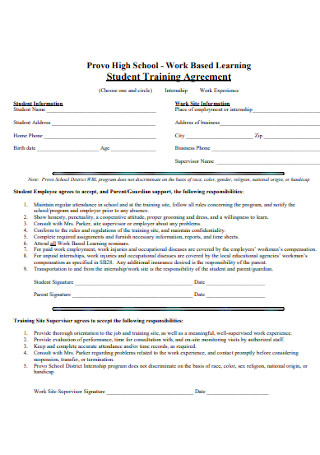
Student Training Agreement
download now -

Personal Training Client Agreement
download now -
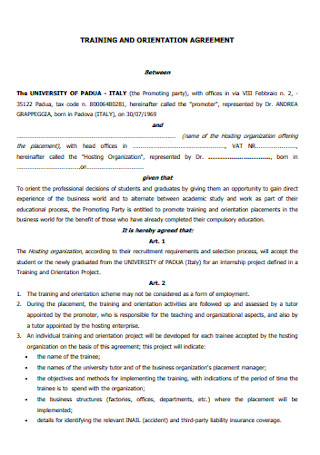
Training and Ordination Agreement
download now
What is a training agreement?
A training agreement is a contract that is signed between the trainee and the company or corporation which promises the training. In here, the terms and conditions are stipulated extensively, meaning that details regarding the training process will be included, as well as the different materials that will be included in the package in order for the trainee to be thoroughly informed. The duration of training is also included in this contract, as well as the training fee. This is important for both of the parties to know their respective responsibilities, and for either to be able to be held accountable for such promises. The training agreement is ultimately signed by both of the parties, and sometimes but not required, witnesses for further legitimacy and credibility.
Key Elements of a Training Agreement
To be better familiarized with training agreements, workers or students under training should truly know the parts of a training agreement, and the components that make it up as a whole. This enables the trainee to smoothly navigate the bullet points in which they ultimately have to decide whether or not they are aligned with their comfort as employees, for instance, and makes it easier for them to grasp the different offers of certain corporations. Knowing the key elements of this employee training contract also benefits individuals in a way that they are better able to craft new ones that tailor-fit their own company through providing a framework of the important aspects of the agreement. These are the key elements of a training agreement.
How to Assess and Fill In a Training Agreement
As a start-up employee or a student undergoing an on-the-job training, it is important for you to know how to gauge a good and favorable agreement that is not likely to give you the losing end of the bargain. The assessment of terms and conditions is something often overlooked by people especially in a scene where certain job offers are your last resort, for instance, however, it is truly important to see to it that you are greatly benefiting from the deal as well. Other than that, some may also need guidance in filling up the initial parts of the agreement, prior to the contract proper itself which states the specifics of the agreement in and of itself. Some training agreements require trainees to fill up certain details which some individuals may need clarification for. Here, we will discuss the process of assessing training agreements, as well as how to fill them up.
Step 1: Specify the Type of Training
As you know, there are different types of training which you ultimately need to state when filling up an agreement. You may specify if you are signing up for an internship, a youth apprenticeship, or a cooperative work experience. The type of training you are to avail also determines your assessment of the terms and conditions, meaning that if you signed up for one where you are the one to get paid, you should make sure that the rate lies on the minimum wage. This is something you do not have to look into if your training is the kind where you are the one paying (usually the apprenticeship type), which is the type of training majorly discussed in the former parts of this article.
Step 2: Write Your Details
For the purpose of record-keeping and legalities, you are to fill in your details such as your name, date of birth, contact details, and a guardian if you are a minor. This enables the company to keep track of your identity, and reach out to you if needed.
Step 3: Carefully Read the Content
In order for you to best decide whether or not the deal is good for you, you should carefully read the content and look for any loopholes that may leave you at a disadvantage in the long run. Make sure that you are getting paid in reasonable rates, or if it is the type of training wherein you are the one who gives the payment, make sure that the price you are to pay is justified by the training lessons being offered. This is to make sure that you, as an employee under training, or someone trying to achieve excellence at a certain field, ultimately benefit from the agreement itself.
Step 4: Sign the Agreement
Once you are at ease with the content, or terms and conditions stated, you may sign the agreement.
What is an ACA agreement?
An ACA (Associate Chartered Accountant) agreement is a formal and written contract between an accountancy student and their employer that contains the specifications of the training to be undergone by the trainee accountant. It is technically a training agreement that is specific to accountants.
What happens when an employee does bad during training?
When an employee does not meet the standards stated in the training agreement, it is likely that they will not pass the training, thus, are unable to push through with their employment. In some cases, department heads may choose to put them under probation as of the moment, and see if there will be any improvements in the long run.
How do companies determine the dates of training?
The duration or time frame of the training is completely arbitrary on the nature of work to be done by the employees. Companies usually come up with these by virtue of precedence or past events regarding people working on the same task, which establishes how long it takes for employees to learn specific skills and learn new information, as well as the period of time it takes for them to master these and be able to perform them.
Training agreements are important for both the parties to solidify the promises they give to each other. This ensures that the trainees are actually able to get the training that they need and looked forward to getting from the company itself, and that the company is also getting the service that they need from the trainees, or the training fee they require from those that they take under their wing, depending on the nature of training being dealt with. Generally, training agreements serve the ultimate purpose of contracts which is to legitimize agreements, and to guarantee accountability from all of the parties involved.

